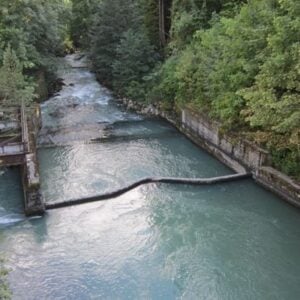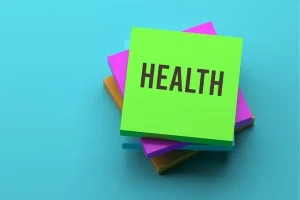Pakistan is facing a severe humanitarian crisis as monsoon floods continue to devastate large parts of the country. Aid agencies are working tirelessly to reach the hardest-hit areas, but the scale of the disaster is immense. According to the National Disaster Management Authority (NDMA), nearly 800 people have died since late June, almost three times the toll during the same period last year.
Khyber Pakhtunkhwa province has been particularly affected, where flash floods and landslides have swept away homes and schools in mountainous districts, leaving entire villages cut off. Punjab, the country’s most populous province, is also on high alert as rising waters on the Sutlej, Ravi, and Chenab rivers threaten downstream communities. Officials are concerned that upstream water levels and near-full reservoirs could trigger further flooding in the coming days.
In Gilgit-Baltistan, glacier lake outburst floods (GLOFs) have compounded the crisis. These floods occur when glacial lakes burst through natural barriers, releasing vast amounts of water and debris with little warning. Experts warn that climate change is accelerating glacial melt in the Himalaya–Hindu Kush region, increasing both the number and size of unstable lakes and heightening disaster risks.
More than one million people nationwide have been affected, with many families sheltering with host communities rather than in relief camps to protect their livestock and maintain schooling for children. Health services are under strain due to surges in malaria, fever, and skin infections, while critical gaps remain in remote areas cut off by landslides.
The UN and humanitarian partners are supporting federal and provincial efforts, but access remains a major challenge in mountainous regions where communities face worsening hunger, disease, and water shortages. UNICEF has highlighted the heightened risks to children, including damaged schools, limited safe water, and rising protection needs, and has dispatched hygiene kits while restoring key water supplies. The World Health Organization is leading disease surveillance and control measures to contain outbreaks and prevent further health crises.






